Wildlife habitat and outdoor recreation will benefit from final revisions
The Bureau of Land Management today released land use plans that will support outdoor recreation opportunities and habitat for big game near Missoula and northeast of Lewistown, in and around the Missouri River Breaks.
When finalized, the BLM’s proposed Resource Management Plans for the Missoula and Lewistown Field Offices will determine the future of forest and grassland management, wildlife habitat, and outdoor recreation on approximately 900,000 acres of public lands in western and central Montana.
The Theodore Roosevelt Conservation Partnership worked with landowners, local government officials, and other stakeholder groups, and helped activate sportsmen and women to provide meaningful feedback on the draft plans that were then incorporated into the final proposals.
“We appreciate that the BLM listened to the input of the hunting and fishing community during the draft comment periods for both the Missoula and Lewistown RMPs, and made meaningful refinements to benefit quality wildlife habitat and recreational access,” said Scott Laird, Montana Field Representative with the Theodore Roosevelt Conservation Partnership. “Places like the Hoodoos and Ram Mountain in the Missoula area, as well as Arrow Creek and Crooked Creek in central Montana, will receive additional management emphasis for hunting, access, and habitat improvement under the final plans, and we view that as positive for sportsmen and women.”
The Missoula plan will guide management of local landmarks including the Blackfoot River corridor and portions of the Garnet and John Long mountain ranges. The revision process was formally initiated in early 2016 with a scoping phase and the draft plan was published in May 2019. While several wildlife- and recreation-friendly management measures dealing with access and habitat management were considered in the draft plan, they were generally not included in the preferred alternative at that stage of the process. Hunters, anglers, the state of Montana, tribal representatives, Missoula County, and other entities spoke up in support of such provisions, and those comments were reflected through meaningful changes in the final plan, including through the adoption of Backcountry Conservation Areas, a multiple-use focused conservation management tool.
“It is encouraging to see the BLM’s responsiveness to the concerns and suggestions of our community,” said Missoula County Commissioner Dave Strohmaier. “We’re fortunate to have these publicly owned landscapes in our own backyard and the revised plan will help ensure that future generations can enjoy them as we do now.”
“Having access to high-quality hunting opportunities on our public lands is critical for our customers and our bottom line,” said Casey Smith, owner of Straight 6 Archery in Missoula. “Refinements made to the BLM’s Missoula plan will help safeguard our outdoor traditions.”
In the Lewistown Field Office, which encompasses some of Montana’s best elk hunting units in the Missouri River Breaks, the planning revision process unfolded along a parallel timeline to that in Missoula. Similarly, strong support from the sporting community, the state of Montana, and local conservation groups led BLM decision-makers to include wildlife- and recreation-friendly measures in the final plan.
“The knowledge that places like Arrow Creek and Crooked Creek will continue to offer some of the best elk hunting in Montana is excellent news for sportsmen and women across our state,” said Doug Krings, Region 4 Leader for the Montana Chapter of Backcountry Hunters & Anglers. “The BLM made sure that local values and priorities would shape the outcome of this process. As a result, our public land hunting heritage is stronger and future generations of public land owners will enjoy these places.”
Photo: Charlie Bulla

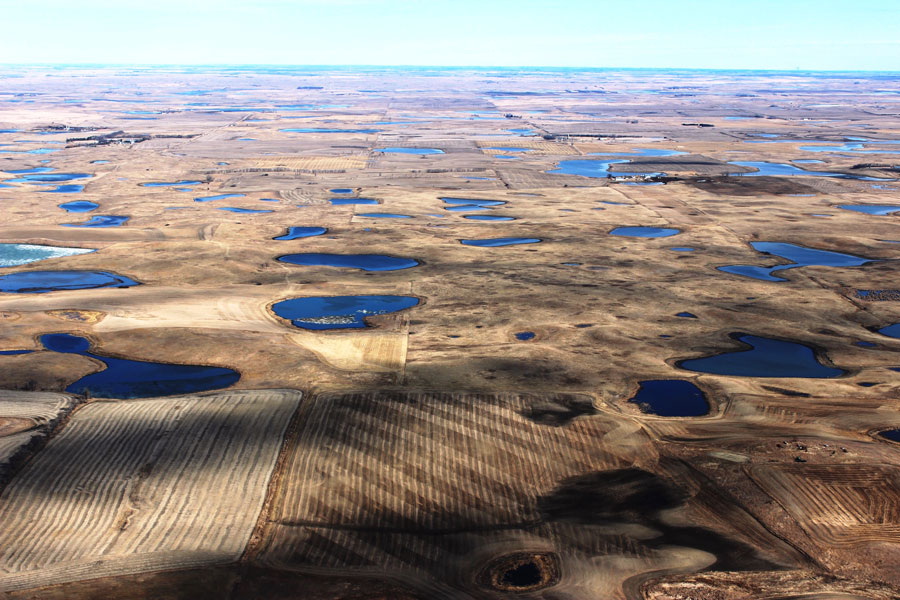
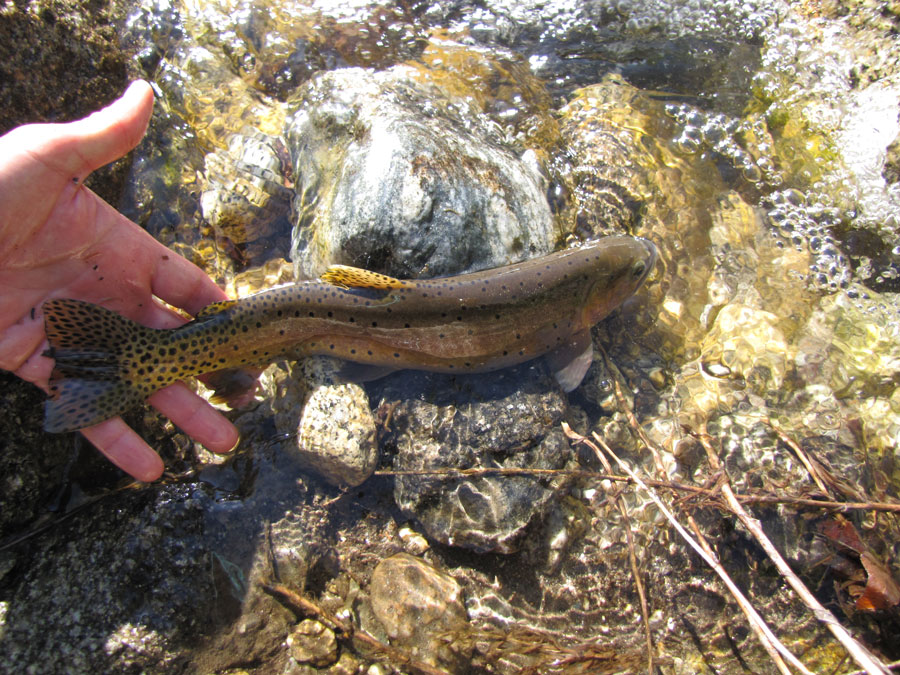
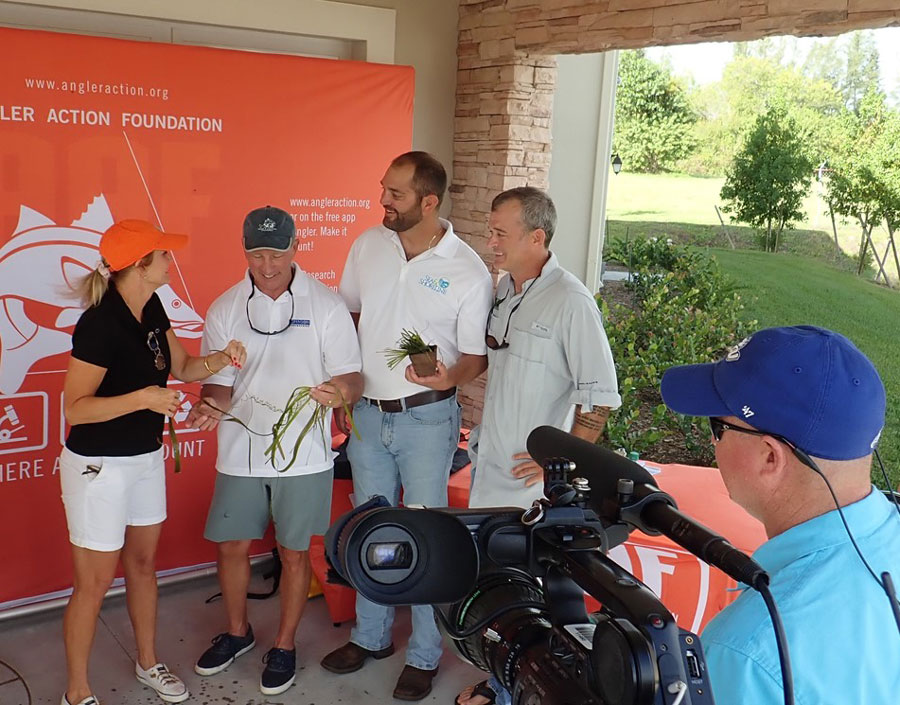
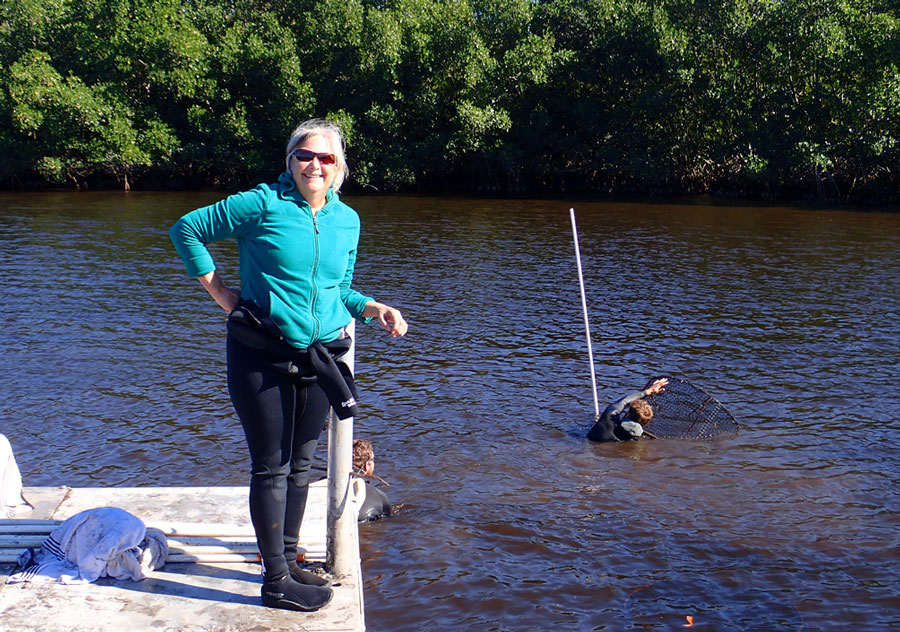
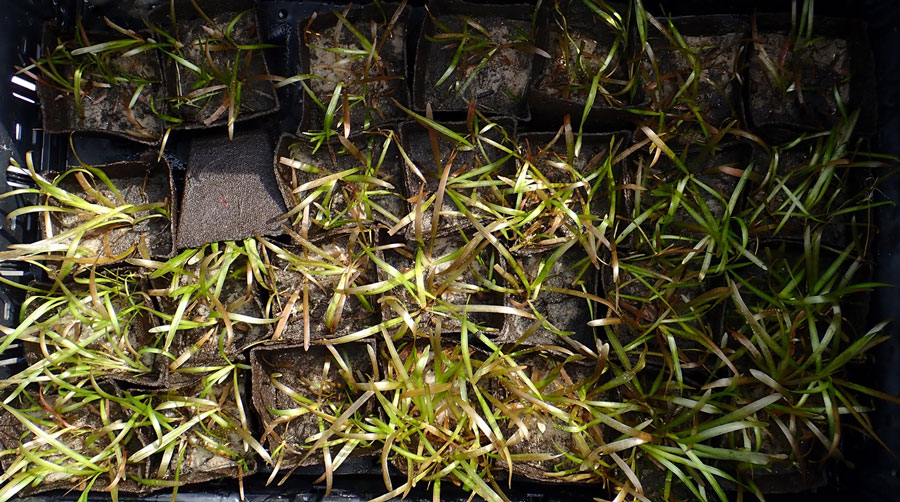




Another big thank you to TRCP and it’s tireless work on behalf of all of us who love the outdoors.
Although we live in Connecticut, each and every year we are grateful for the time we spend in Montana and Idaho. Although we don’t hunt, we do love fishing, and having people like you and your staff working on the behalf of all of us is critical to the survival of access to the outdoors.
Thank you
Another big thank you to TRCP and it’s tireless work on behalf of all of us who love the outdoors.
Although we live in Connecticut, each and every year we are grateful for the time we spend in Montana and Idaho. Although we don’t hunt, we do love fishing, and having people like you and your staff working on the behalf of all of us is critical to the survival of access to the outdoors.
Thank you
Considering the mindset in WA this is great news. We should all be reminded that our input still matters. Big thanks to my friend Doug Krings for his hard work
Clearly, the Montana Wildlife Federation has a different idea about the Lewistown Resource Management Plan. https://montanawildlife.org/local-voices-ignored/?fbclid=IwAR39cWZP5u-O2z0tMjAQuuMVmahngQU2FkbDvA4Cc3wAmKIg9fP0VVjDoY0